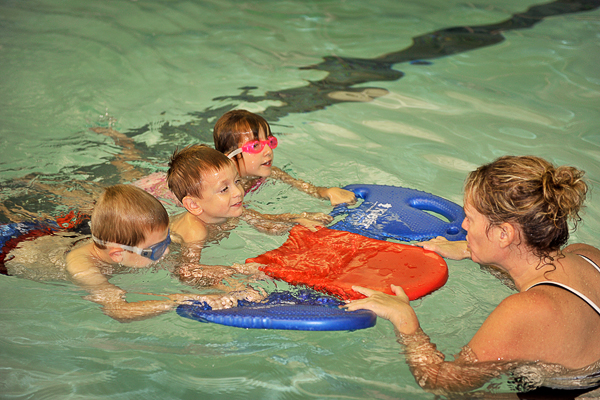
Vrinda Kumar, M.D.
I recently read an article about Kristin Cavallari, former reality star, wife of Chicago Bears Jay Cutler, and mother of three adorable kids. She is also anti-vaccine and has written a book with parenting tips (this already is not sounding good to my pediatrician ears). According to her, she chose to put her children on a homemade goat’s milk formula rather than switching to formula, once she depleted her supply of breast milk. (In case you are wondering, it is thought that goat’s milk is slightly most comparable to human milk than cow’s milk). People magazine originally was going to publish her recipe, but then recanted upon the AAP’s (American Academy of Pediatrics) insistence based on the fact that this is potentially harmful advice and that this type of homemade formula is NOT recommended for any child, especially for a child under one year of age. If you are asking yourself “well, why not?”, keep reading…
Current recommendations are to continue your infant on either breastmilk or an iron fortified formula until he/she is one year of age, at which point you can introduce cow’s (or goat’s) milk. I get asked by patients all the time, “why is this?”
Well, the biggest reason is that cow’s milk consumption (or goat’s milk, for that matter) can cause anemia (mostly iron-deficiency anemia, and it can be severe in infants under one year of age!). Children under one year of age need a lot of iron for growth, and cow’s milk can decrease the availability of iron for these tiny growing bodies by the following mechanisms:
1. Cow/goat milk is naturally low in iron, so switching them to this as their main source of milk intake before one year of age deprives them of sufficient iron needed to grow and develop.
2. Small, invisible amounts of blood can be lost through the gut in about 40 percent of children who are introduced to cow’s/goat’s milk before the age of one year. As babies lose blood, they are losing the iron that is in that blood, potentially leading to anemia.
3. Cow/goat milk can inhibit the absorption of iron into the body, specifically by casein and calcium, both of which are present in large quantities in cow/goat milk. The less iron that is absorbed into the body, the less iron there is for the body to use to grow.

I am going to assume the next thought would be, “Why not give cow or goat milk and just supplement with additional iron?” Great thought! But there is still one more danger that has nothing to do with anemia.
The proteins and basic composition of cow/goat milk is very different from human milk and formula. As the waste from the ingestion of milk goes through the body, a lot of it also gets processed through the kidneys to become urine. Cow/goat milk produces a higher solute load going through the kidneys, and the more solute you have in your urine, the more water it is going to draw out of the body with it (remember that from chemistry?). Because of this, your child is at higher risk of dehydration, especially in case of an illness during which he/she will naturally lose more fluid.
There you go! All the reasons to heed the AAP’s advice and not give your infant under one year of age cow/goat milk. Keep in mind that ingesting large amounts of cow’s milk or goat’s milk can potentially lead to anemia, so if you are unsure about safe/recommended amounts of milk for you child (based on their age), please talk to your pediatrician.








